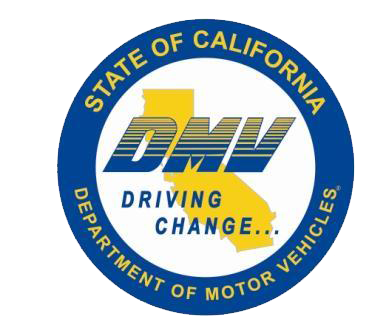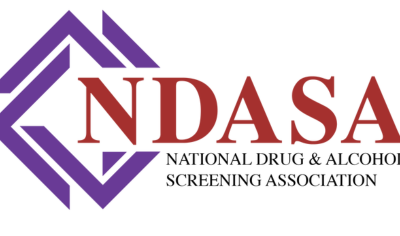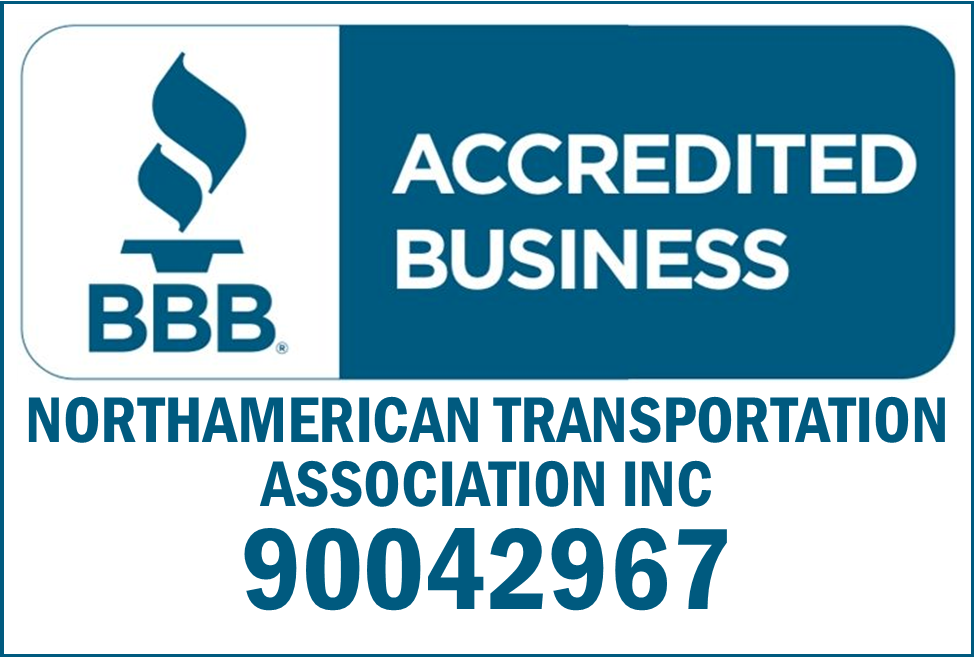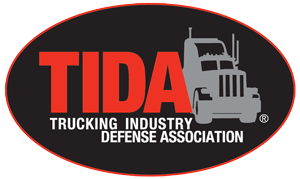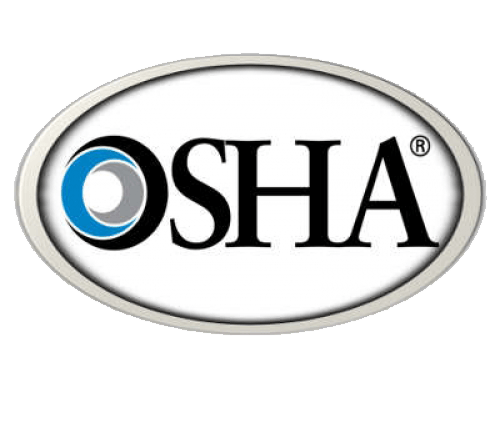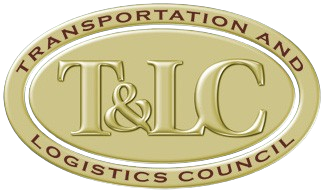Loaded and locked: Avoiding Cargo Securement Compliance Traps
Cargo securement is a complex and challenging topic. While there’s information out there on how many chains or straps are required for given bits of cargo, drivers often fail to observe some of the intricacies. Seemingly straightforward loads can spell trouble for drivers not well versed on the rules.
To add to the complexity are jurisdictional compliance interpretations and even core differences between the U.S. and Canadian regulations. Each country has its way of writing and applying regulations and the cargo securement regulations in each country differ slightly.
Let’s take a closer look at a few of the potential compliance traps in the United States and Canada.
Trap 1: Unmarked tie-downs.
Canadian legislation requires all tie-down devices and assemblies to be marked with a working load limit (WLL). For synthetic-web straps, this rating can be stenciled or labeled. Chains, hooks, and load binders must have the rating embossed on the product.
Here is where it can go wrong, though. If a piece of cargo requires four straps and a driver has four brand-new, right-out-of-the-box straps with a nice new stenciled WLL on the strap, the driver is good to go! Then, since the driver might have a couple of extra straps, the driver might think, “Why not put on an extra one just to be safe?”
The driver can use an older strap in good condition, but what about a frayed label that no longer shows its WLL? That driver will get a ticket for that bad strap and can be placed out of service. Drivers can be charged for using an unmarked strap even though they meet the WLL requirements with the four new straps.
In the United States, however, tie-downs are not required to be marked. Any unmarked tie-down will be granted a default WLL based on the width of the strap or the type of chain.
Trap 2: Load securement checks.
Another common oversight is drivers not logging required load inspections. According to National Safety Code (NSC) Standard 10, securement devices must be inspected for tightness and load conditions no more than 80 kilometers from where the cargo is loaded, and then reinspected at every change of the driver’s duty status, or if the vehicle has been driven more than three hours, or more than 240 kilometers. Similar rules apply in the United States.
To inspect the load means leaving the driver’s seat, which under hours-of-service regulations requires a change of duty status to be recorded. The bottom line is your drivers must indicate where and when these load securement inspections take place to remain compliant with the cargo securement and hours-of-service rules.
Trap 3: Minimum number of tie-downs.
Drivers are expected to know the basics of load securement and how to calculate the minimum number and placement of tie-downs required.
The minimum number of tie-downs in Canada depends on the length, weight, and shape of the cargo, and the type and strength of the securing devices. In general:
- For cargo that is prevented from forward movement (blocked) by a headboard, bulkhead, other cargo, or other appropriate blocking device, one tie-down for every 3.04 meters (10 feet) of length or part thereof is required.
- For cargo that is not prevented from forward movement, two tie-downs are required for the first 3.04 meters (10 feet) of length, and one additional tie-down for every additional 3.04 m (10 feet) of length or part thereof.
- The minimum working load limit for each tie-down must be at least 50 percent of the weight of the cargo being secured, or the aggregate working load limit of all tie-downs must be at least the weight of the cargo being secured.
There are also specific requirements for different types of cargo, such as logs, metal coils, concrete pipes, vehicles, etc.
The Federal Motor Carrier Safety Administration (FMCSA) has also set the minimum number of tie-downs required for cargo securement in the US dependent on the length and weight of the cargo. For example, one tie-down if your cargo is shorter than 5 feet and weighs less than 1,100 pounds.
Trap 4: Dunnage or cargo?
Canada and the U.S. rules are very different here. The U.S. recognizes dunnage and bits of auxiliary equipment such as spare mud flaps, ladders, jugs of oil, or windshield washer fluid, as not being cargo and simply requires that they be “secured.” Canada’s National Safety Code Standard 10, however, defines cargo as everything not physically part of the truck or bolted to it. An unsecured windshield washer jug wedged between the fuel tank and the frame rail could net a $867 fine in Alberta.
Another item that you might not think falls under the cargo securement regs in Canada is gravel and debris on the deck or frame of the truck, trailer, or cargo. You can’t secure it, so the only option is to get it off the trailer — because if it’s on the truck and not tied down, it’s considered unsecured cargo.
Avoid the cargo securement traps.
While disparate regulations cause their share of headaches, drivers are more likely to wind up with a ticket and perhaps an out-of-service violation because of common errors and oversights.
Unfortunately, it is very common for drivers to take to the road without properly tying down freight. Whether you are the owner of a private vehicle or a commercial fleet, you are always responsible for the freight you or your employees are carrying.
Key to remember: Ensure your drivers understand the cargo securement standards and regulations of the jurisdiction in which they’re operating.
Content Disclaimer: Due to the constantly changing nature of government regulations, it is impossible to guarantee the total and absolute accuracy of the material contained herein or presented. NorthAmerican Transportation Association (NTA) cannot and does not assume any responsibility for omissions, errors, misprinting or ambiguity contained. NTA shall not be held liable in any degree for any loss, damage or injury caused by any such omission, error, misprinting or ambiguity present. It is made available with the understanding that NTA is not engaged in rendering legal, accounting or other professional service. If legal advice or other expert service is required, the services of such a professional should be sought.



